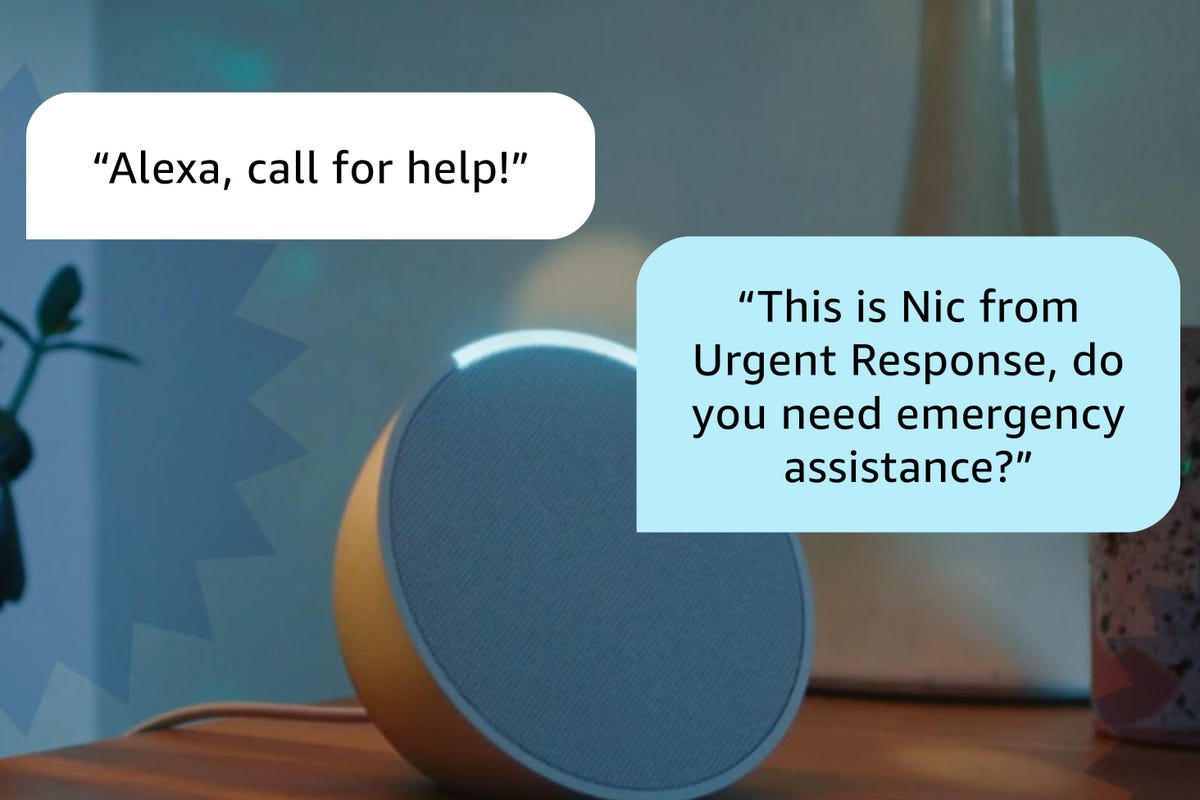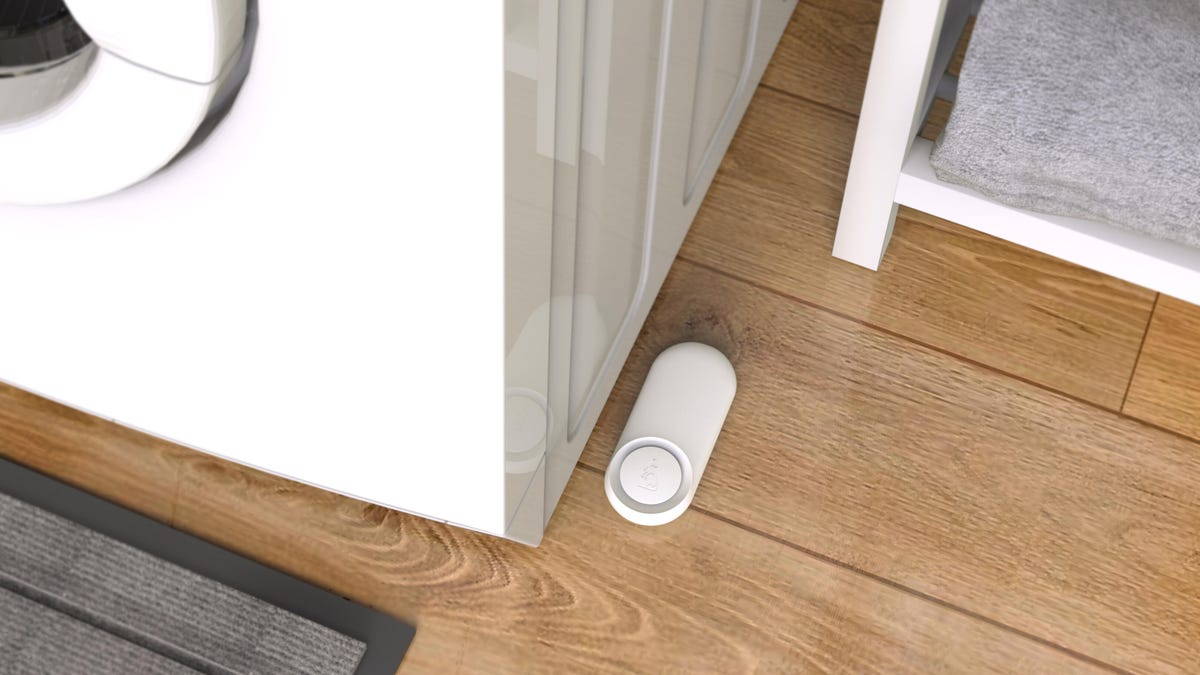These 11 security steps will help keep your home safe, set and ready while you're spending well-deserved time away.
Vacations should be fun, but worrying about your home while you're away can be a headache. Smart tech has made this much easier: From cameras that can send smart alerts when they recognize humans in specific areas to smart locks that you can control from afar or share passes to, your home is still at your fingertips anyplace with Wi-Fi. Add in a petsitter or plant watcher, and you're set even for weeks away at a time.
The next time you head out for a vacation, go through our list and take an hour or so to make some settings changes and even plan some new purchases. Once you've got vacation modes set up, they're ready whenever you need them!
Today's smart home and home security settings don't just have Away modes, they also frequently have a Vacation mode. That's a routine you can set up to work while you're away for several days or more (if your home app doesn't have a vacation mode, you can tweak your Away or Eco mode, or set a whole new routine). Devices like Philips Hue lights and platforms like IFTTT make it easy to create full routines that cover multiple devices.
Vacation routines can switch smart lights on and off, indoors and out, to make it look like someone is still home. They can also operate other compatible devices, such as managing smart irrigation systems, arming smart cameras and more. Set a routine like this once, and you can use it over and over for trips.
Check the motion detection settings for your video doorbell

Video doorbells excel at keeping an eye on the action, and their algorithms are getting consistently better at detecting humans and other objects. Companies like Eufy are even working on motion detection that can identify suspicious behavior like dodging main pathways and can look for poor security.
However, the motion detection that works best in your daily life isn't always the kind of detection that works when you're on vacation. We suggest visiting the doorbell and home camera apps to look at your motion detection settings. Consider steps like:
- Turning up motion detection sensitivity
- Set object detection to only humans to cut down on alerts
- Set detection zones to close-up spots at your house and windows where people may try to get access
- Turn up beeps or light indicators that show a camera is on and watching
- Set notification to push to your phone screen instead of staying only within the app
- Look for web app options, like Nest's support for online viewing and controls, which is ideal for overseas vacations
Additionally, if you pay for a subscription plan, check if it supports 24/7 emergency assistance contact so you can immediately call the police or fire department from an alert. It may be worth upgrading to that type of plan if you'll be gone for a month or two.
Keep your curtains open or automated
To keep your home looking lived in, it's a good idea to have your curtains open during vacations (and it lets the sun in to keep things from getting musty). Or if you have smart curtains or smart shades -- which are also available as a retrofit for existing curtains -- you can program them. Create a schedule for them to open during the day and close at night for best effect. Smart blinds like these don't have to be expensive: Even Ikea has an affordable version.
Manage remote entry with a smart lock

Smart locks don't just let you know if you forget to lock the door. They also autolock for you under certain conditions and support a variety of scheduling options.
Most useful smart locks, like the Aqara U100 or the Schlage Smart Lever, allow you to create passes or temporary codes to give to visitors. That lets you arrange checkups for pet sitters, plant waterers, helpful neighbors and others you might want to let inside, but only at certain times. Smart locks combine especially well with video doorbells -- just make sure you're in an area with a reliable Wi-Fi connection to use them remotely.
Adjust your heating and cooling

Smart thermostats from Nest, Ecobee and others also have Eco and Away modes you can use to set up separate vacation schedules. Ecobee also has a dedicated Vacation mode in its thermostat settings you can use just for this.
The best temperature range varies by season but should be less than you schedule while you're home. For summer, that would mean setting the thermostat 5 to 10 degrees higher in the day, but with a hard cap around 80 to 85 degrees to protect indoor plants and so on. For winter, aim for the reverse with a hard cap around 50 degrees for the daytime.
That temperature calculus changes if you have pets in a hot climate. You'll want to keep the home more comfortable by limiting the temperature ranges somewhere in the mid to upper 70s for cooling and around 60 for heating.
Set up a "listening" service like Alexa Emergency Assist

Listening features use simple algorithms to identify "uh-oh" noises like breaking glass, smoke detector alarms and even dogs barking loudly. Home security systems like Abode or Ring offer listening options, but you don't always need a home security device to enable it.
Amazon's Alexa smart speakers and smart displays, for example, have the Alexa Emergency Assist service, the successor to Alexa Guard. It costs around $6 monthly, and gives you access to sound detection as well as 24/7 emergency response services and emergency contacts for family. That's a nice deal to enable for a few months if you're going on plenty of vacations for a season, and the two-way audio on all Alexa speakers means you can talk through them live whenever you want.
Keep watch with an armed security system
If your home doesn't have a whole house security system that can monitor multiple access points like windows and doors, this is a fine time to consider one. Today's home security systems don't need professional installation, or even a monthly subscription, to guard your home -- and many work with third-party smart devices, too.
Take a look at our guides on the best DIY home security systems, the best cheap security systems and the best systems overall for your home to learn a whole lot more about your choices.
Add a leak detector to vulnerable home spots

A leak detector is a clever little device with an open circuit lying against the floor. When water completes that circuit, it sets off all sorts of alarm bells and app notifications letting you know there's a leak present. That makes them valuable when you're away from home for extended periods of time. Stick them by the toilet, under the kitchen sink, next to the water heater or under pipes that may be in danger of freezing during a winter vacation.
Leak detectors are available as an add-on for most home security systems, but you can also find standalone versions like Eufy's $35 model (requires a HomeBase) or the Alexa-compatible Kidde Leak Detector starting at $45. We suggest these models because they work with apps, which is important when you'll be away from home entirely.
Tell your home monitoring center you'll be gone
If you do splurge for professional home monitoring, look up their website and find a contact email or phone number to let them know that you'll be on vacation. Many home monitoring centers will adjust their official responses when they know that everyone is going to be away from home.
Give your mail service a call (optional)
Calling the post office used to be a go-to step when leaving for vacation. And if your vacay is going to be longer than a week or so, we still highly recommend messaging your local mail service and requesting to hold your mail. It's really easy to do and you can complete the steps online in a couple of minutes.
However, we aren't getting as much mail these days as we once did, and it's harder than ever for strangers to notice when someone's mail is piling up. If you're only going to be gone for several business days or say, you can probably skip this step safely.
Stay cautious about what you post online

We know it's tempting to post about your vacation plans on social media, but this can also be an invitation for burglars or trespassers to make a visit. Unfortunately, it's difficult to know and trust everyone on your friends list, or friends of their friends who may see status updates as well.
To stay safe, avoid posting info and pics about your trips until they are finished. Then you can cut loose and unleash all those perfect shots on Instagram, TikTok, or Facebook.
Bonus tip: If you're renting, look at your lease
Some leases require tenants to let landlords know if they'll be going on vacation for a certain amount of time, like longer than a week. Others don't mention it at all. Check your lease for details. Even if you don't have to alert anyone, you may find additional requests like shutting off water mains, setting the temperature to a certain level, arranging pet sitter access and so on.
Finally, now is the perfect time to stop by our guide on how to deter burglars from every trying your house in the first place, information on if thieves are actually using Wi-Fi jammers on smart homes, and the all-around security cheat sheet for setting up different parts of home security.
Source: cnet.com













